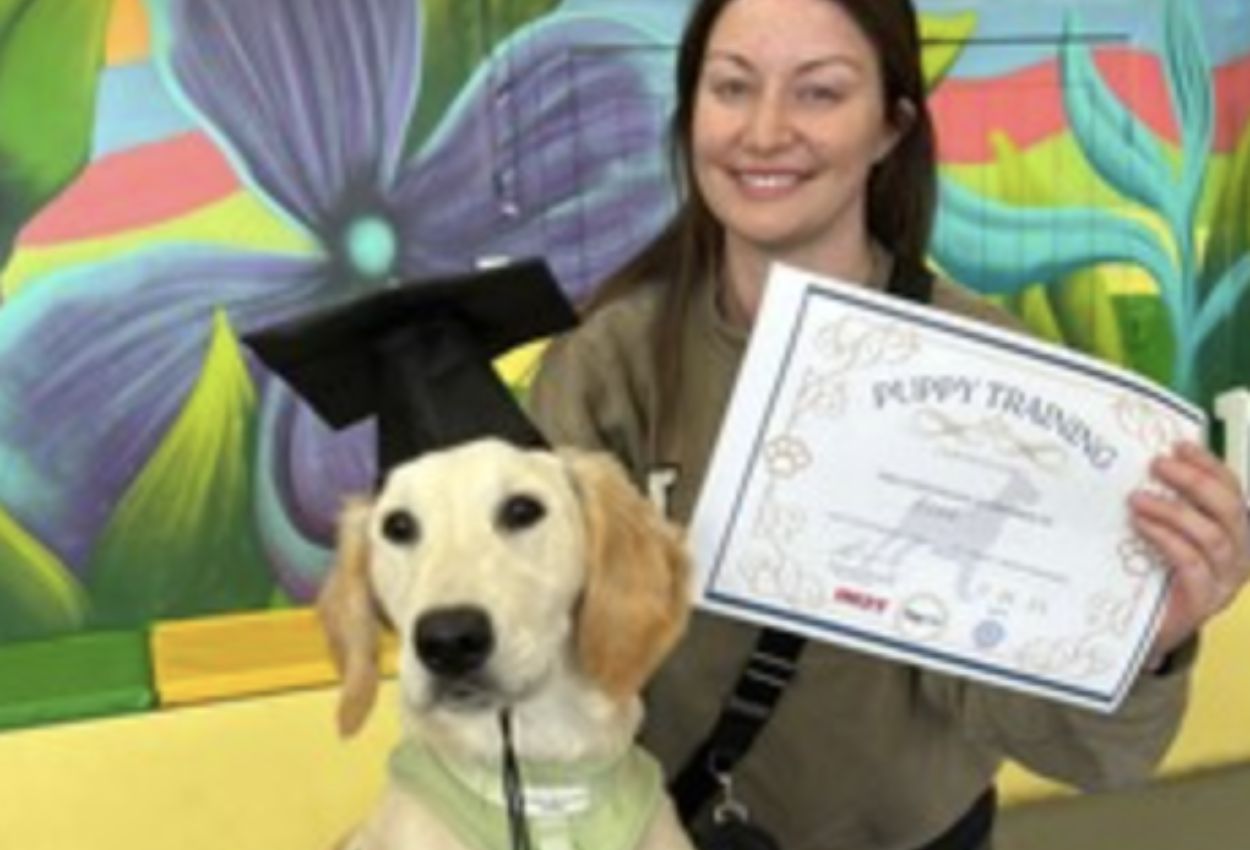Knowledge is power!
As temperatures soar, the chance of your dog getting heatstroke increases greatly. Here is what you need to know.
The Facts
1 in 6 dogs who get heatstroke die. All dogs are at risk but flat-faced breeds (known as brachycephalic breeds,) overweight dogs, elderly dogs, very young dogs, very furry breeds and snow breeds are more likely than others. If you think your dog has heatstroke – cool him down as quickly as you can and get him to your Vet. The most common months for heatstroke to occur are between May and August and the most common cause of dogs being hospitalised, with 75% of all cases, is exercising dogs in hot weather. Even a gentle walk can be too much!
What is Heatstroke?
Heat stroke aka heat exhaustion, sunstroke or hyperthermia increases when a dog loses the ability to regulate its body temperature. It can be caused by high external temperatures or by a dog exercising too much. The cases of heatstroke increase greatly in high temperatures.
Symptoms of Heatstroke
When a dog’s internal body temperature rises above 40 degrees, they become unable to regulate their body temperature themselves and they start to suffer organ and tissue damage.
Symptoms include –
- Elevated temperature, over 37 degrees
- Constant heavy panting
- Tiredness
- Stiffness and reluctance to move around
- Seizures
- Unable to walk normally
- Confusion
- Constant Dribbling
- Laboured Breathing
- Collapse
- Bloody Sick
- Bloody Poo
How to Treat Heatstroke
If you suspect that your dog may have heatstroke, act fast! Start cooling your dog down right away. Dogs cool from the bottom up, so cool their belly, neck, inner thighs and feet with wet ice-cool towels and by dribbling water all over them. A fan aimed at them is brilliant also. Submerging dogs in ice-cold water (keeping their head out of the water)used to not be recommended to help ill dogs (due to the likelihood of shock) however this is widely disputed now and it is a recognised way of treating heatstroke (recommended by Rachel Bean RVN who we really rate) and used in the military for working dogs, so we would recommend doing this, particularly if your dog is in a bad way. Phone your Vet and get your dog to the Vet ASAP. Please see our guide here on how to avoid heatstroke in dogs.
As always if you have any questions or queries, please don’t hesitate to give us a call on 0333 444 1236 or follow us on social media @dogsgolive




